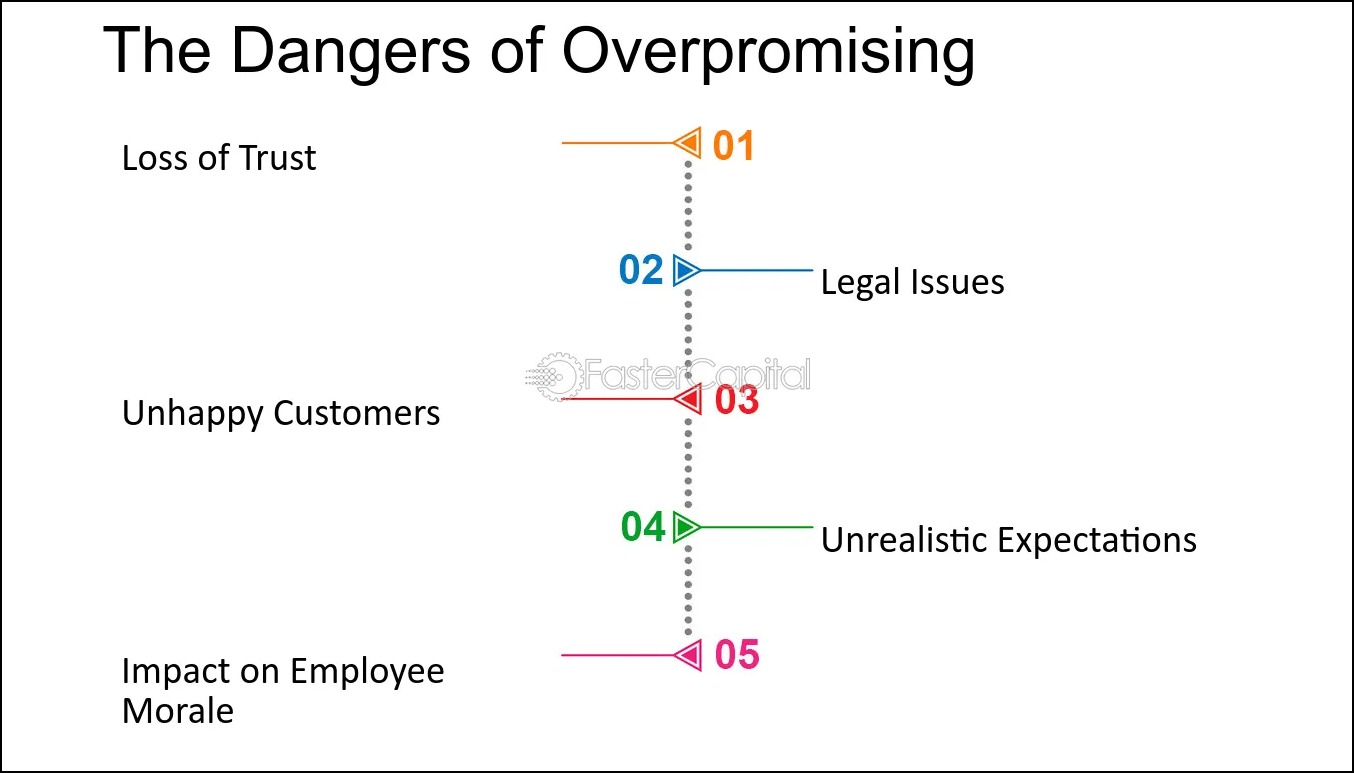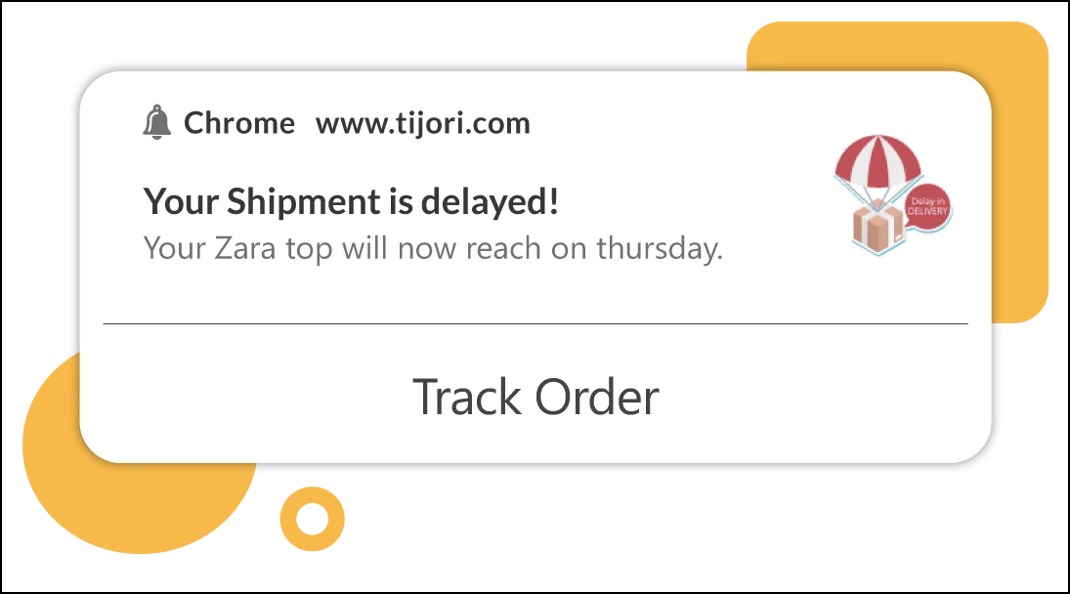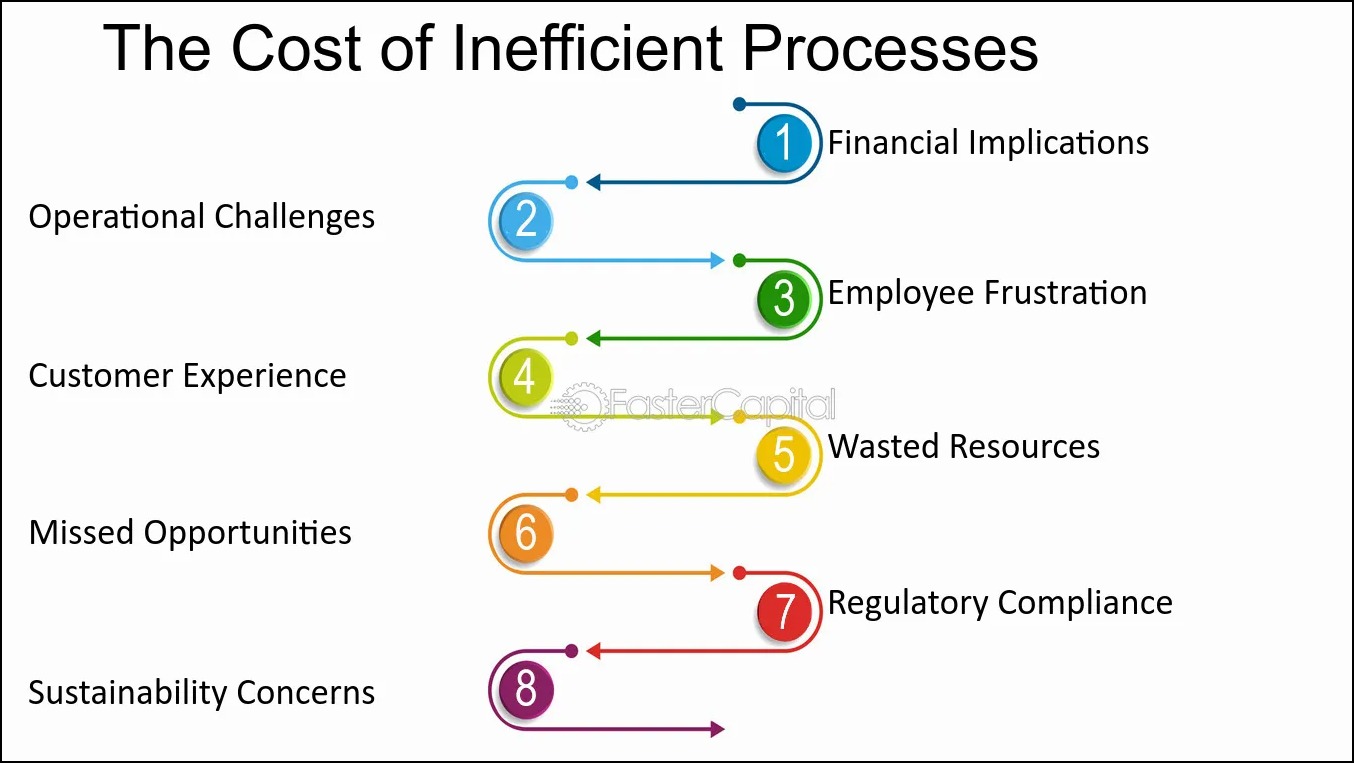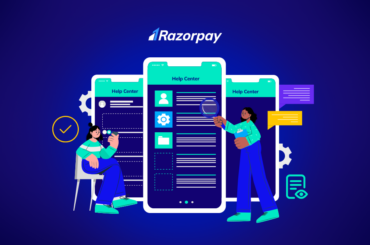I was sipping a cup of coffee and having a healthy laugh with my seniors when one of my colleagues came rushing, saying there was an escalation from one of the critical clients. Everyone was on their toes trying to solve the problem. One immediate observation was that escalations put things into action.
First things first.
What are Escalations
In business, escalation means talking or referring to a higher authority for a case or issue that could not be resolved satisfactorily. Escalations often indicate that a particular employee or function is not performing at their best, leading to user dissatisfaction. Users or clients escalate when they do not see expected progress in a project or resolution of a concern raised by them.
Have you demanded to talk to the Floor Supervisor because the Customer Care Executive could not resolve your internet issue? – A common example of escalation in a business where you are the customer escalating about a poor experience.
Escalations lead to poor user feedback and unhappy customers. They may lead to business loss and create a poor brand image if untamed. Conversely, teams handling too many escalations may feel frustrated and dissatisfied with their job, leading to attrition. Businesses may lose their best talents. Escalations are undoubtedly double-edged swords.
Why Escalations Happen
Escalations happen for one major reason – Misalignment in User Experience and Expectation. Let us dig deeper.
False promises by business
Many businesses promise more than what they can deliver to get a deal. We have all encountered situations where something is promised to happen within 2 days but takes 5 days.

Lack of communication
Businesses do not communicate enough with their users. Is there a delay in providing a service? Let your users know!

Inefficient processes and teams
Businesses often have poor processes and inefficient teams to process customer requests. These lead to delays or dissatisfactory services to users, leading to escalations.

How to Avoid Escalations
The answer lies in Why Escalations Happen.
Manage the expectations of your customers.
Promise what you can deliver
Businesses should be careful about what they promise to their customers. Promise only what you can deliver.

Communicate with your customers
Simple as it may seem, but often overlooked is communication with customers.
- Send clear and simple messages to your customers.
- Use an appropriate messaging medium – Email, SMS or WhatsApp. Call your customers if needed.
- Use a friendly and empathetic tone in your messages.

Set efficient Leaders, Processes and Teams
I have used a particular gifting service for the past 7 years. They were always on time. I ordered flowers and 5 different gifts for my father for a special occasion. He was turning 80. Nothing except the flowers got delivered. The team cited an incorrect address! After several follow-ups, I cancelled the order, deleted my account and never used that service again. Later on, I learned that there was a change in the service provider’s management.
- Choose leaders who understand the function’s importance and build effective systems to provide best-in-class customer service.
- Ensure processes, such as SLAs, Escalation Matrix, SOPs, and Contact Details, are updated. Work on continuous process improvement with the changes in times, rules and regulations in the ecosystem.
- Use appropriate tools. Automate tools and systems to reduce errors and redundant work. Many organisations use ChatBots to answer the first line of user queries and direct the issues to human agents for the complex ones. This reduces user waiting time, the Chatbots address simple issues, and human agents can solve complex queries that require human interaction and judgment.
- Train your team. Ensure you train your team on the processes, tools and soft skills. Your team should be equipped well to address user queries.
How to Handle Escalations
Escalations happen despite having the most efficient processes and well-trained teams. What do you do to bring things under control?
Assure the customer that you are there to help them.
- Listen to the customer. If there is a case history, read through that.
- Understand the problem well and offer solutions.
- If you do not have a solution, request some time and provide an ETA.
- Ensure that you call the customer back and provide a solution.
A sound knowledge of internal processes and excellent soft skills such as Active Listening, Communication, Transparency, Understanding and Conflict Resolution will propel you through these difficult situations.
Don’t’s
- Do not defend your team or processes.
The customer wants a solution to the problem. They do not care to know your internal process or challenges. - Provide false information or promises.
This can be the last straw in the relationship. - Get into an argument.
Do not argue with your customer to establish your point. Even if the customer has forgotten to share details, offer a solution. The customer does not want to hear what they did wrong; they want to know how you can set it right. - Lose your cool.
Never ever lose your cool. Be patient. Listen attentively and empathise. The customer may be angry. Use your soft skills to cool them down and assure them they are in good hands.
Internal Escalations
When we emphasise collaboration with cross-functional teams, we often feel blocked because a particular team or a member from another team is not doing their job well. What do you do to keep the ball rolling? Escalate! Connect with the stakeholders and explain the impact.
The stakeholders should handle internal escalations precisely the same way they would handle a client escalation. How would you meet customer expectations if you cannot service your internal teams? Charity begins at home!
To Conclude
Escalations can be minimised to a large extent by setting the right expectations with your customers – promise what you can deliver, communicate effectively, and have an efficient customer-facing team that can help resolve customer queries. Do not rush to close the ticket, but resolve the customer’s problem satisfactorily.





